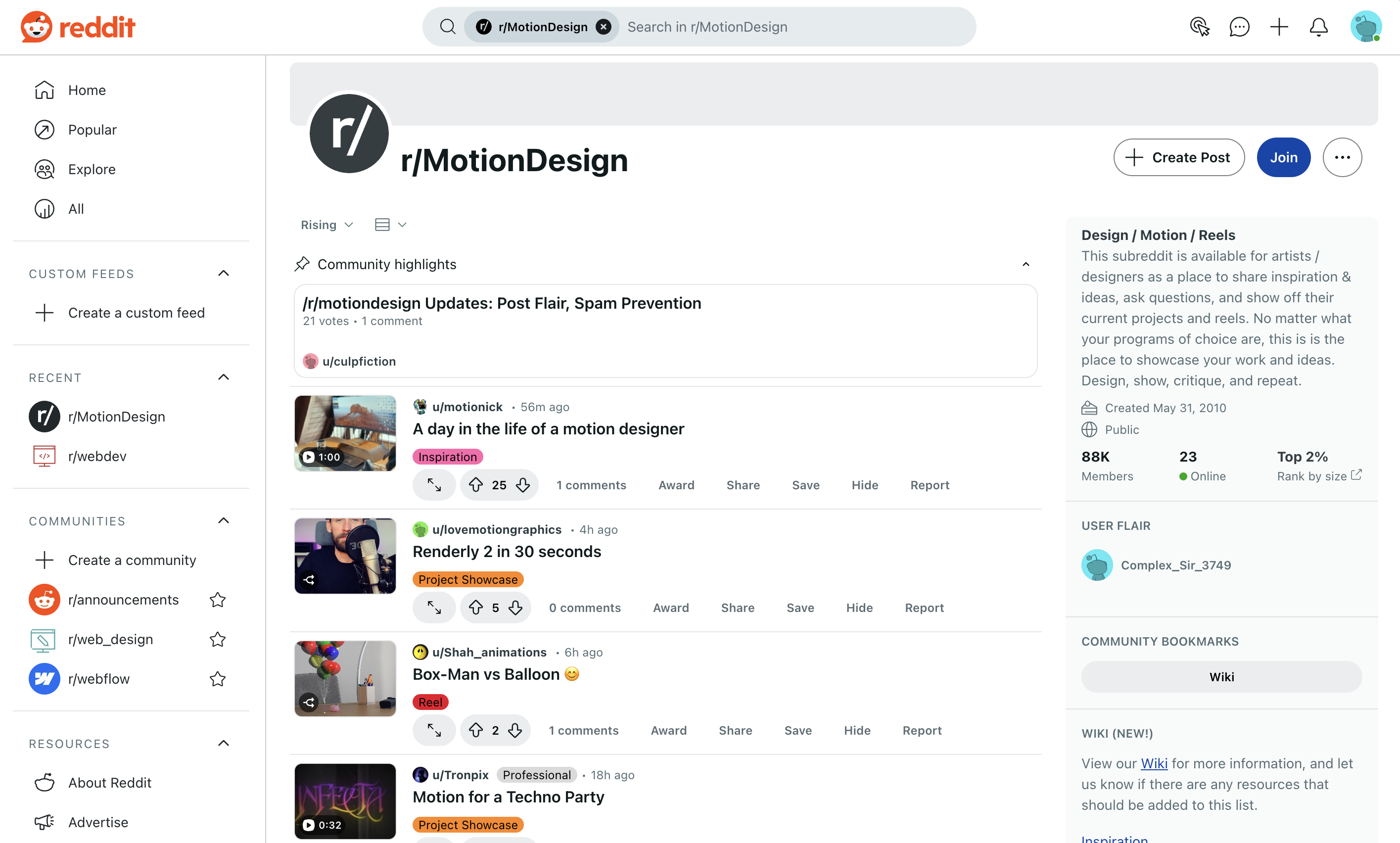
Learn Motion Design in One Year: A Realistic Roadmap
Is It Possible to Learn Motion Design in a Year?
Many aspiring motion designers believe a year is enough to master the craft. The truth? It’s doable, but only with structure, focus, and commitment. Motion design isn’t something you casually pick up by watching YouTube tutorials—it requires hands-on practice and a deep understanding of both design and animation.
One common mistake? Underestimating the learning curve. Jumping into client work too soon, rushing projects, or assuming skills will “click” without deliberate practice leads to frustration. A structured approach—like Jumpstart’s Motion Maestro program—keeps you on track without wasted effort.
Where to Begin: The Core Skills You Need
Step 1: Understand How Motion Works
Everything in motion design starts with animation principles—timing, spacing, easing, and more. Skipping these fundamentals makes animations feel unnatural. Great motion designers develop an eye for movement.
But animation alone isn’t enough. Design matters too. Poor typography, bad composition, and weak color choices will undermine even the smoothest animation. Strong motion designers blend animation and design seamlessly.
Step 2: Move Beyond Tutorials & Start Creating
Following tutorials helps, but real progress happens when you create from scratch. The sooner you experiment, the faster you improve.
Instead of waiting until you “feel ready,” challenge yourself to build projects: animated logos, social media graphics, or explainer videos. Small personal projects build confidence and style.

Tips to Stay on Track and Avoid Burnout
Motion design is exciting but demanding. Staying on track requires the right mindset and habits. Here are some practical ways to keep going without burning out:
- Balance practice with breaks. Rest is part of the learning process—your brain needs time to absorb new skills.
- Find your creative tribe. Surround yourself with a supportive design community to stay motivated and inspired.
- Work smarter, not harder. Break down complex projects into smaller steps so they feel more manageable.
- Stay patient with progress. Learning takes time, and frustration is normal. Keep experimenting and refining your skills.
Motion design is a journey. Consistency, structure, and a positive mindset will keep you moving forward.
How to Build a Standout Portfolio
A portfolio isn’t just a collection of work—it’s your first impression to potential employers and clients. Make every second count.
- Grab attention immediately. Slow intros lose viewers.
- Quality over quantity. A few polished pieces beat a long reel filled with average work.
- Show versatility. Demonstrate different animation styles and techniques.
- Include real-world projects. Even if they’re personal, make them look professional.
Your portfolio should prove your skills visually—people care more about what they see than where you learned it.
Succeeding Without a Degree
The motion design industry values skill over formal education. Many successful designers never pursued a degree but built careers by proving their abilities through real-world projects and self-directed learning.
To stand out as a self-taught motion designer, start by consistently creating and sharing your work. Working on small animations, personal projects, or freelance gigs helps you grow. Each project builds confidence and proves your skills. Each piece should demonstrate improvement, creativity, and technical skill.
Networking is another key factor. Many opportunities come from connections, not applications. Instead of only engaging with other designers, build relationships with business owners, brands, and potential clients. Social media, LinkedIn, and industry events can help you get noticed.
When competing against degree-holding applicants, focus on results rather than comparison. Employers and clients care about execution more than credentials. If your portfolio proves you can create polished, effective motion design, you'll land opportunities regardless of your educational background.
In motion design, your work speaks for itself. Keep creating, sharing, and refining your skills—your projects will open doors.
Developing a Motion Designer’s Mindset
The best motion designers don’t just animate—they experiment, explore, and innovate.
- Stay curious. Follow trends and push creative boundaries.
- Engage with the industry. Connect with artists, studios, and motion leaders.
- Be easy to work with. Collaboration and professionalism matter more than talent alone.
Motion design is both an art and a career—treat it as both to build long-term success.
Your One-Year Motion Design Roadmap
Here’s how to structure your learning:
- Months 1-3: Learn animation principles, motion software (After Effects, Blender), and design fundamentals.
- Months 4-6: Create original projects, refine technical skills, and build confidence.
- Months 7-9: Develop a strong portfolio with professional-level projects.
- Months 10-12: Start networking, pitching to clients, and applying for jobs.
This roadmap ensures steady progress without burnout or wasted effort.
Start Your Motion Design Journey Today
Mastering motion design in a year is possible with the right approach. A structured plan, hands-on practice, and a strong creative mindset will set you up for success.
If you want expert mentorship, real-world projects, and career guidance, Jumpstart’s Motion Maestro program helps you become job-ready in 12 months.
📢 Join the Motion Maestro Program →